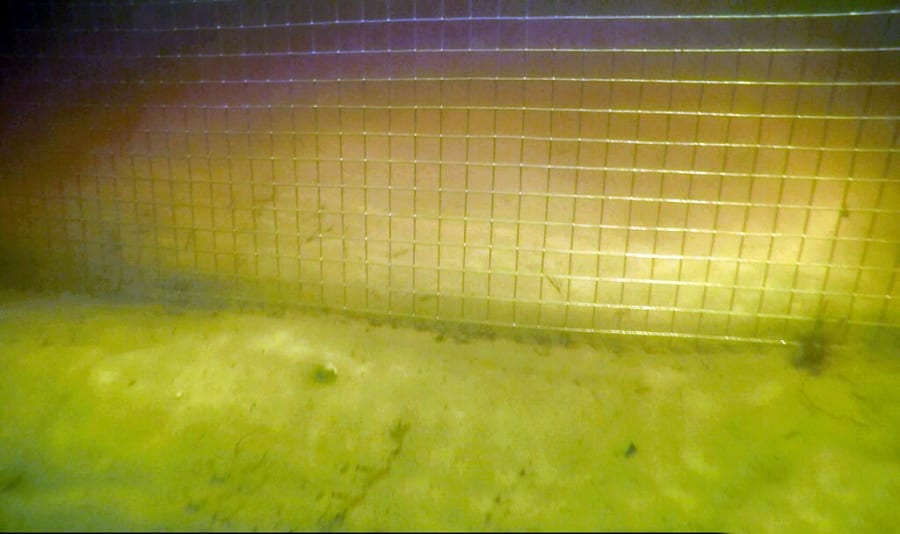Toppled buildings and trees are hallmarks of the catastrophic damage hurricanes bring when they strike, but what are the impacts under Florida lakes?
Underwater plants create an ecosystem that can drastically change after the hurricane passes. Both water levels and turbidity or suspended sediments increase leading to a decrease in aquatic vegetation coverage.
Recommended Videos
This can result in a decline in fish as mud and sediments choke out sunlight. Often it can take many years for the lakes to return to normal.
After Hurricane Irma, Lake George in Putnam County saw large reductions in eelgrass after high waves and winds uprooted the plants. FWC monitored the recovery years following the hurricane and found the lake struggled to recover to pre-Hurricane Irma conditions as other large rain events increased turbidity and slowed the recovery of these plants.

When hurricanes pass over Florida lakes, sediment can stay suspended long after the hurricane passes, leading to declines in sport fish populations for several years.
Summertime vegetation mapping conducted by the FWC has documented this change, with the 2017 mapping occurring in August just before Hurricane Irma.
You can monitor the plants and other conditions on your local lake by using the FWC General Waterbody mapping tools.





